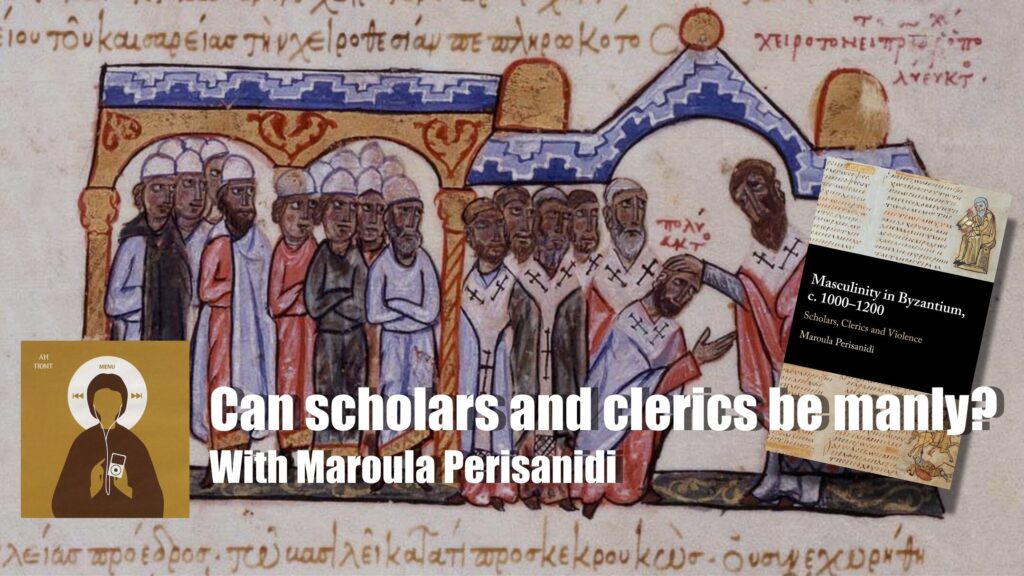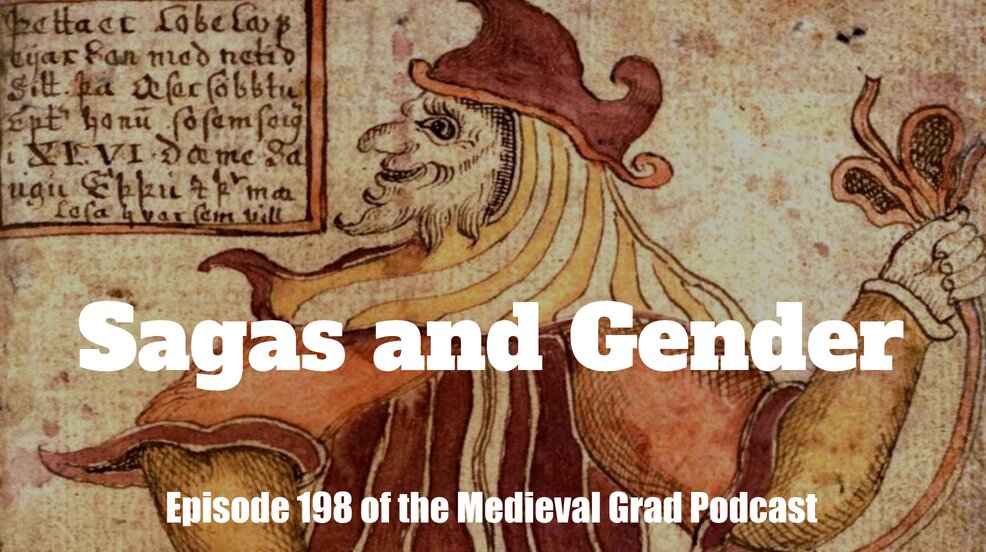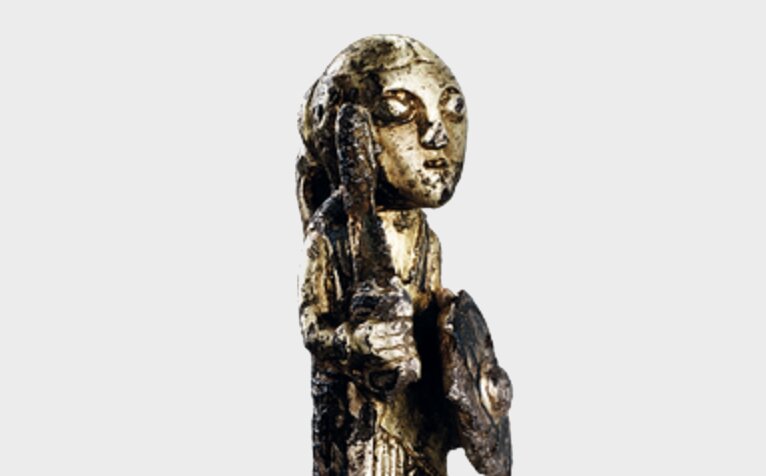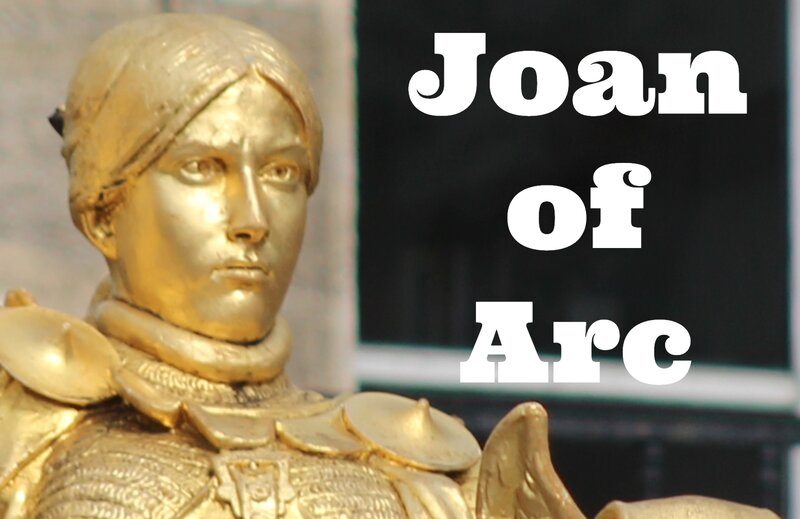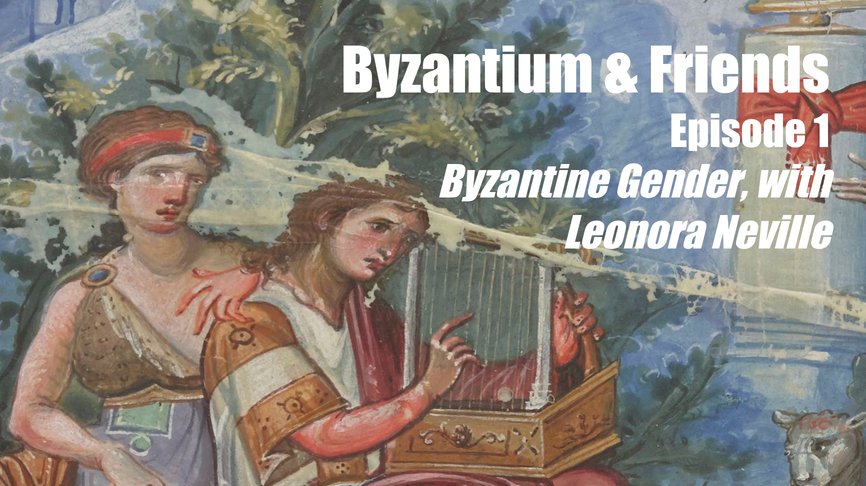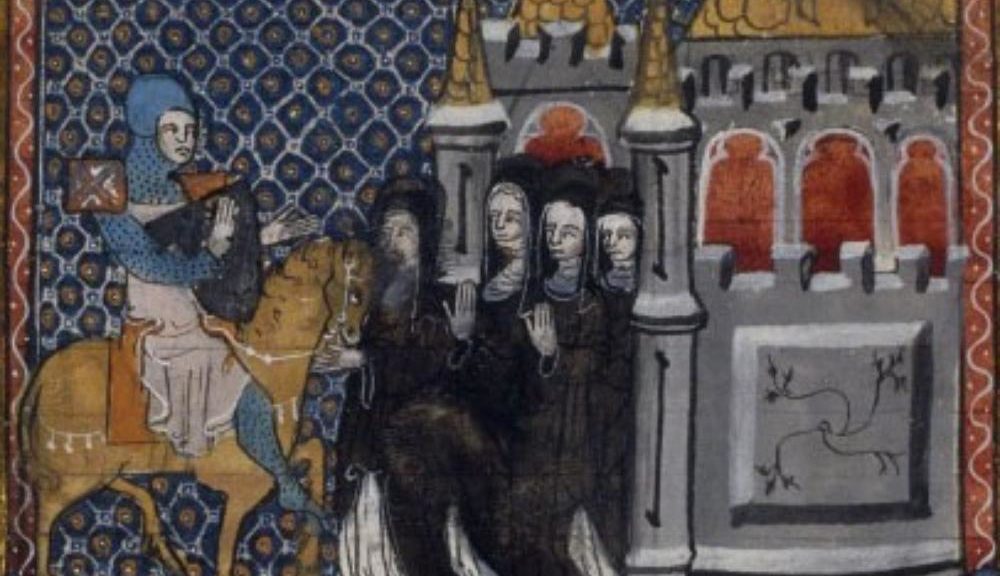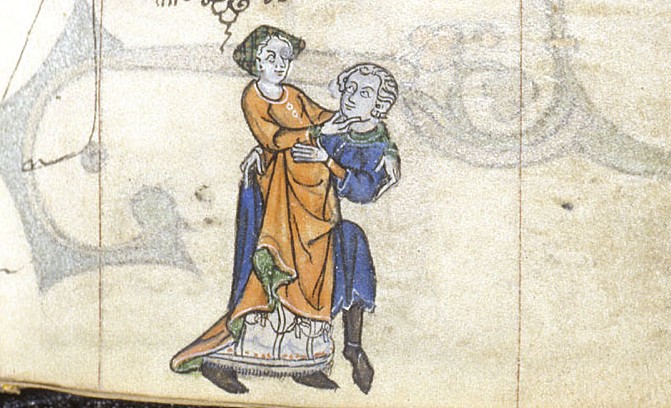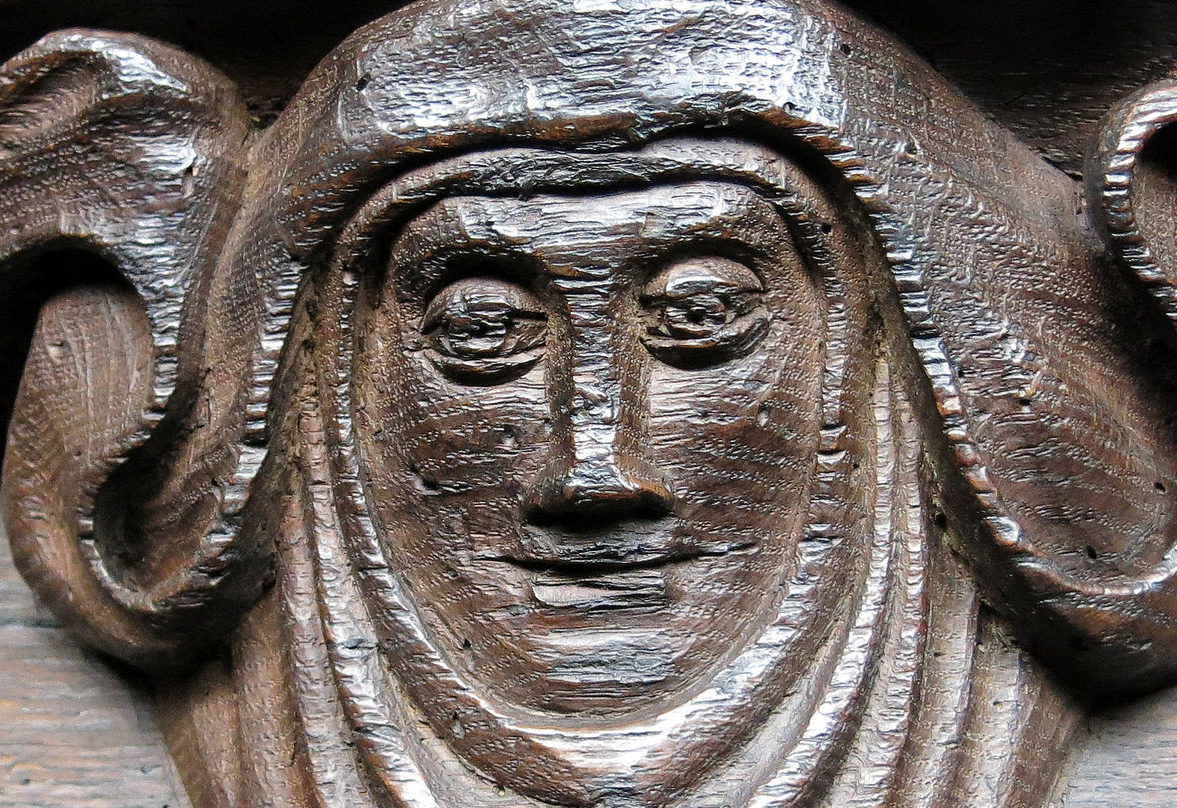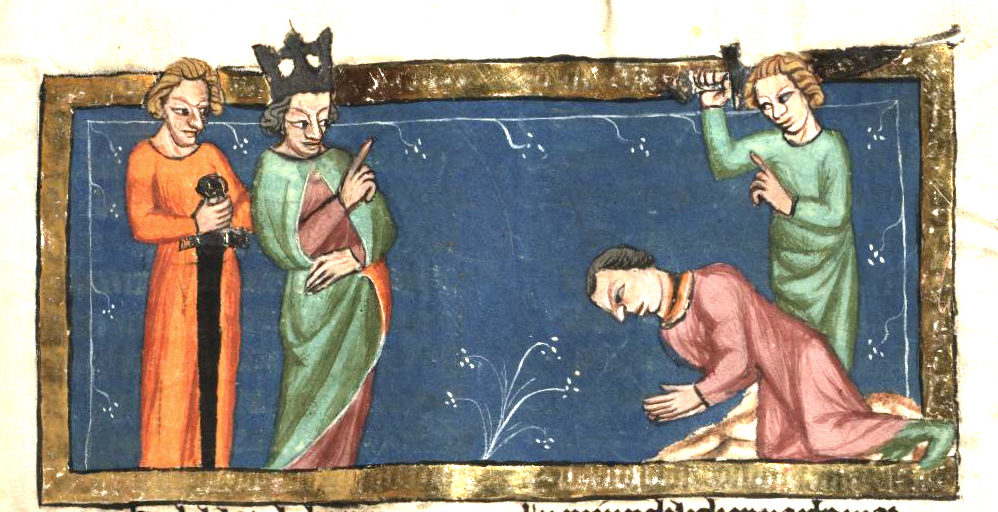New Medieval Books: Cross-dressing in the Middle Ages
Whether it’s Joan of Arc donning armor or women disguising themselves as monks to enter monasteries, gender-crossing attire appears in medieval history more often than you might expect. This book explores the subject in depth.
Can scholars and clerics be manly?, with Maroula Perisanidi
A conversation with Maroula Perisanidi about the distinctive kind of masculinity that was fashioned by scholars and priests in the eleventh and twelfth centuries, the challenges and deficits that it faced, and the masculine capital that men in those occupations tried to amass and then spend.
How Gender Shaped Crime and Punishment in the Medieval World
By Steve Tibble In the medieval world, crime was not just about survival or greed—it was deeply influenced by gender roles and social…
Gender, Transgender and the Middle Ages with Alicia Spencer-Hall and Blake Gutt
In the past few years, trans and genderqueer issues have come to the forefront both in society and in the way scholars are approaching medieval studies. But what do these terms mean? And how do we apply them responsibly to the past? This week, Danièle speaks with Alicia Spencer-Hall and Blake Gutt about trans and genderqueer scholarship in medieval studies.
How Roman de Silence speaks to today’s debate on gender identity
The modern-day debate about gender identity can take some lessons from a 13th-century story. Researchers at the University of Warwick worked with a professional storyteller to bring Roman de Silence to new audiences.
New Medieval Books: Hawking Women: Falconry, Gender, and Control in Medieval Literary Culture
An examination of medieval texts about falconry and other literature and what it can tells us about attitudes towards women, and how women themselves challenged those views.
The Once and Future Sex with Eleanor Janega
This week on The Medieval Podcast, Danièle speaks with Eleanor Janega about medieval womanhood, the ideal feminine body in the Middle Ages, and how past perceptions of women’s roles are still affecting society today.
Sagas and Gender
Did you know that Loki was a gender-bending God? In this episode of the Medieval Grad Podcast, Lucie Laumonier interviews Matthew Roby on sex and gender in Old Norse and Icelandic sagas. There were many gender-bending characters in these texts, informing us of the gender representations and roles of Norse societies.
Women and Men of the Viking Age
Professor Sanmark’s lecture will discuss gender roles in the Viking Age, with particular attention to how women and men have been perceived in previous research.
Joan of Arc: The Feminine and the Masculine
From heretic to miracle, from warrior to saint: A look at how Joan of Arc has been depicted, from the 15th century to the 20th century.
Monstrous Births in the Middle Ages
Tim Wingard explores medieval theories of embryology and the concept of the hybrid human/animal monster. This talk focuses on the late-13th-century medical text ‘De secretis mulierum’ (‘On the Secrets of Women’).
Byzantine Gender, with Leonora Neville
In the first episode of Byzantium & Friends, Leonora Neville talks about her new book Byzantine Gender – how people in the Byzantine Empire conceived of men and women, masculinity and femininity, and the proper behaviour for men and women.
Siblings and the Sexes within the Medieval Religious Life
Contact between the sexes within the religious life presented a perennial source of anxiety for medieval churchmen.
Between Brothers: Brotherhood and Masculinity in the Later Middle Ages
This dissertation examines aristocratic brothers in order to understand how elite men negotiated the pressures of gender and kinship in the context of the Hundred Years’ War (1337-1453).
How sex, violence and exclusion shaped masculine expectations in medieval Europe
Ruth Mazo Karras on how expectations for men and masculine behaviour differed between medieval cultures.
Gender equality and the Vikings
Modern-day Scandinavia is regarded as a model of equality between the sexes. A new study indicates that this may go back to the early Middle Ages.
Imperatrix, Domina, Rex: Conceptualizing the Female King in Twelfth-Century England
This study makes a case for the inclusion of the identity of the “female king,” specifically through the example of the early twelfth-century Empress Matilda, in trans studies.
Defamation, Gender and Hierarchy in Late Medieval Yorkshire
At some point in 1362, one Robert de Berlay, servant in a gentry household in the West Riding of Yorkshire, was accused of impregnating Margery de Pickworth, the unmarried daughter of Thomas de Pickworth, a knight and Robert’s master.
Eve’s Sin, Woman’s Fault: A Medieval View
The fall of Adam and Eve has been a favourite theme in literary and religious literature down through the ages both with Christian and non-Christian authors.
The Boy Who Was a Girl: The Romance of Silence
Suppose girls cannot inherit, but your only child is a daughter and you happen to have an enormous inheritance, what will you do?
Were women ever sacred? Some medieval and modern men would like us to think so
What do we really know about this phenomenon of medieval “courtly love” and the gender roles it displayed?
The Giving and Withholding of Consent in Late Twelfth-Century French Literature
My investigations into the depiction and punishment of rape in late twelfth-century literature in northern France stem from a particular interest in some of the earlier branches of the Roman de Renart.
Fornicating with nuns in fifteenth-century Bologna
In September 1432 Giovanni di Giacomo Amicini, a Bolognese spicer (aromatarius), was prosecuted for abducting a professed sister, Antonia di Baldino da Logliano, from the Convent of the Poor Clares outside the city-gate on the via Santo Stefano.
Gender Ambiguity in Medieval Iceland: Legal Framework and Saga Dynamics
In the judgmental genre of the Icelandic family saga, gender transgression is always central to plot dynamics and this is its only rationale for inclusion.
Property, Power and Patriarchy: The Decline of Women’s Property Right in England After the Black Death
The social and governmental response to the Black Death in England undermined the social strength of women’s property rights and created a late-medieval patriarchal structure qualitatively different from that of the earlier fourteenth century.

